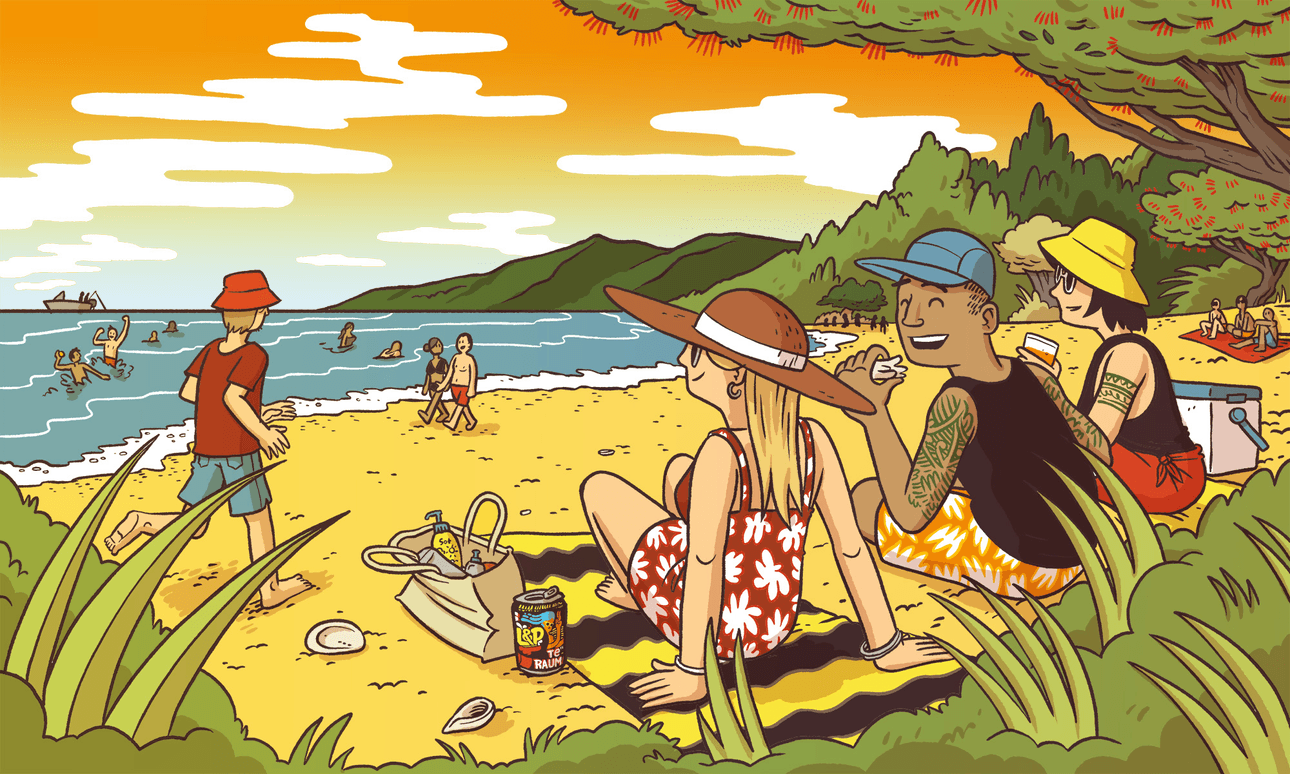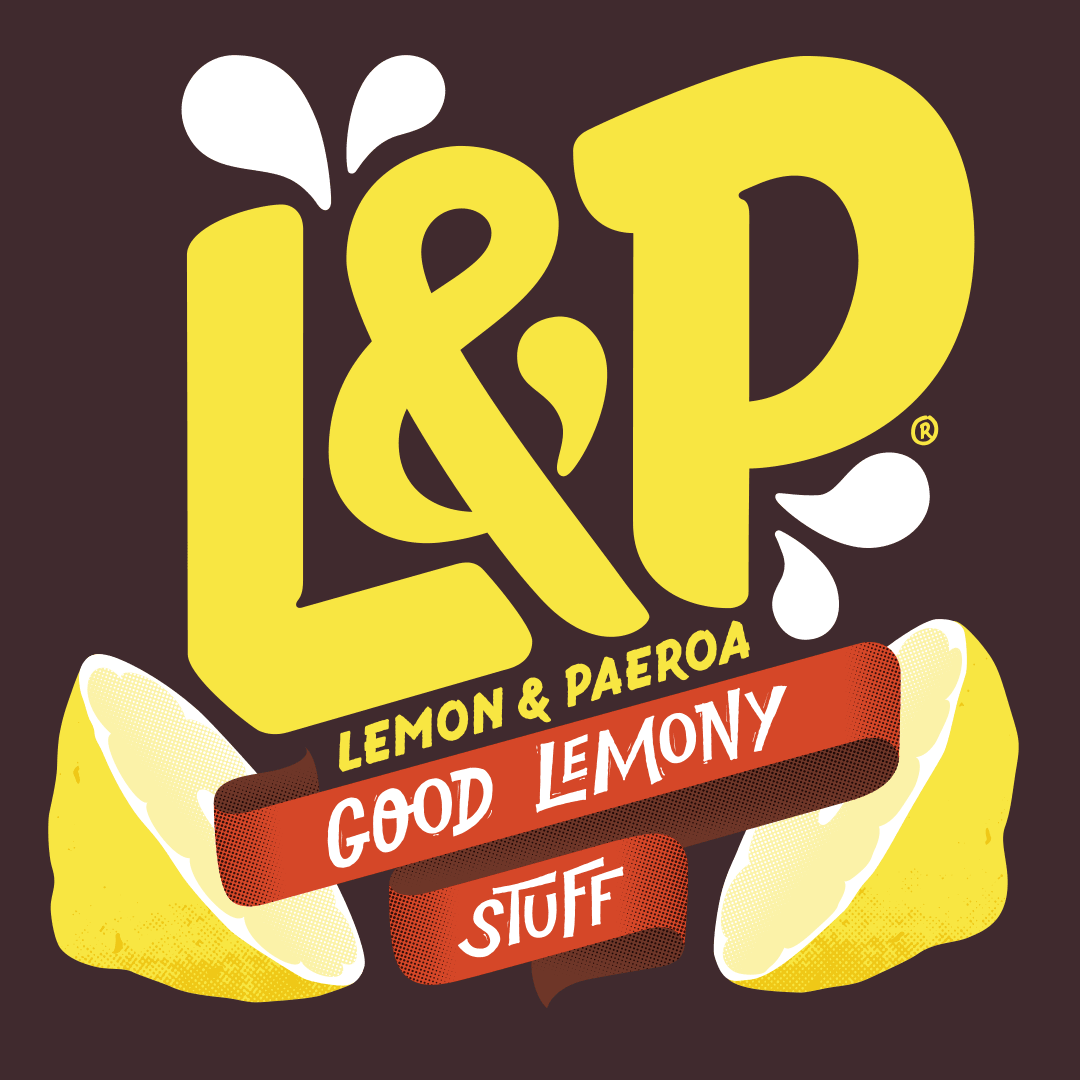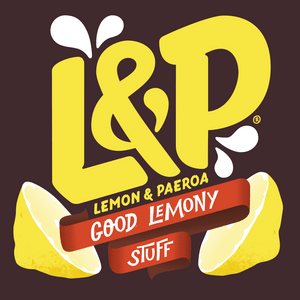As we look forward to a much-needed summer of restoration and reconnection, we’ve teamed up with the team at L&P to put together a helpful guide for making the most of a long, hot raumati.
After what’s felt like a long, dreary, sickness-filled winter, warmer days are slowly creeping back. With that sunshine comes spontaneous post-work trips to the moana, weekend strolls through the wao and heaps of laughs and late-night chats over shared kai. And whether it’s a fresh parcel of fish and chips by the high-tide mark or a campside sausage sizzle, few drinks complement summer food as iconically as a cold can of L&P.
As it happens, this raumati is a pretty monumental one for L&P. Having worked alongside the team at Ira – a design agency that specialises in te ao Māori kaupapa – for the past seven years, this year marks the first time that the brand will release a Summer Can labelled in te reo Māori. It’s been a long and considered process to get to this release, as gradually learning more about tikanga and reo Māori led not only to the creation of the reo Māori can, but also helped the L&P team strengthen their connection with Aotearoa.
To commemorate the launch – and just because we thought it’d generally be a nice way to get ready for sunscreen season – we’ve put together a quick guide on how to make your raumati ka rawe. Learn some new kīwaha and whakataukī to impress your friends and whānau over the summer break, while also learning a bit more about how to respect and appreciate our taiao and tikanga.
Connecting with Tāne
In matauranga Māori, Tāne Mahuta is the god of the forests and birds. He’s also the atua commonly attributed to the creation of the first human. So when we talk about connecting with Tāne, we’re often talking about using the forest as a tool to relax, an entity to nurture and a source of energy and life we can draw from.
One of the greatest benefits of living in Aotearoa is our proximity to our lush native forests. Whether you’re living in the centre of our largest city, in a coastal paradise or a suburban jungle, the nearest native forest is never far away.
The cool, clear air on a bushwalk is the perfect salve for those long summer days of sticky humidity. Whether you’re the type of mahi dog that’s always down for a multi-day hike on a couple hours’ notice, or you’re more inclined to stroll a loop track and get a few #waterfall shots for the gram, there are many ways for all sorts of people to connect with Tāne.
Did you know?
In te ao Māori, it’s a common belief that our actions now should be made with an eye to the future – and there are many ways that we can treat our native bush when we do visit so it remains as bountiful for our rangatahi as it is now. The whakataukī: Manaaki whenua, manaaki tangata, haere whakamua – Take care of the earth, take care of the people, and we will take care of the future, tells of this.
This includes things like taking precautions with kauri dieback – you’ll often spot shoe cleaning stations at the entries and exits to vulnerable areas of bush – but it’s also just as simple as remembering the things your primary school teachers used to yell about: stay on paths, put out fires and don’t leave any rubbish behind, and you’ll be already be making a big, positive impact for the hauora of our forests.
If you’re in Te Tai Tokerau, you can visit the largest kauri tree alive, a personification of Tāne Mahuta, growing in the Waipoua forest. And for South Island iwi Ngāi Tahu, the flowering of the tī kouka is used as a tohu: if the tree flowers early, a long, hot raumati is on its way.
These whakataukī and kīwaha explain the importance of our wao and all the things that live in there:
- Wao. Forest.
- Te Rā. The sun
- Me haere tāua mō te hikoi? Do you want to go for a walk?
- Whakarongo ki ngā manu. Listen to the birds.
- Whakamaua tō pōtae! Put your hat on.
Connecting with Tangaroa
The ocean is the domain of Tangaroa, the atua that also looks after our sea creatures, including, in some pūrakau, the mighty taniwha.
No matter where in Aotearoa you grew up, chances are you were never more than a couple hours from the moana. It’s no wonder, then, that raumati in Aotearoa is so synonymous with all things coastal: sunset dips and sunrise surf seshes, sunbathing (or shade-seeking) when Tama-nui-te-Rā is highest in the sky, carving out the perfect beach cricket pitch, and hoping that your carefully home-packed snacks don’t end up seasoned with sand at the first sign of a gusty nor’wester.
Aotearoa is blessed with some of the most delicious kaimoana in the world. For many, a trip to the ocean means taking the boat out for a dive around the coast or to reel in some massive kahawai, while others reckon there’s nothing more reka than a bucketful of pipi dug straight from the sand at low tide.
No matter your tastes, though, it’s crucial our oceans are taken care of to protect this resource. But as long as you follow catch size laws and don’t take more what you need, you’ll be doing your part to make sure Tangaroa’s bounty stays plentiful.
Did you know?
In maramataka Māori, kina were known to be fat and ready to be eaten when the pōhutukawa bloomed, but changes in sea temperature due to climate change mean this traditional tohu has had to change.
These whakataukī and kīwaha explain the importance of our moana and all the things that live in there:
- Moana. Ocean.
- Me haere tāua ki tātahi? Do you want to go to the beach?
- Pani ārai rā. Sunblock
- Kaimoana. Seafood.
- Me haere tātou ki te kaukau. Let’s go for a swim.
- Kaitiakitanga. Guardianship, protection. A good kupu to use when talking about taking care of our taiao, as kaitiaki are those who protect it. Tangata whenua are the kaitiaki of their land, but if you’re not Māori, you can embrace the principles of kaitiakitanga by honouring the life of the land, the environment and its people.
Connecting with whānau
From big barbecue Christmas lunches to campsite games of last card that stretch well into the wee hours, a big part of the buzz of raumati comes from the company you keep. There’s a special magic in the nights spent sitting outside with your nearest and dearest, a vibe so precious that even the ever-present smell of citronella mozzie candles can’t ruin it.
There’s a weightlessness under the heat of te rā, taking flights and road trips back home to see the cousins and laugh like you did when you were kids and your parents would drag you along to these same annual gatherings, and to see your own tamariki starting to build those same formative memories – albeit probably with a bit more Fortnite and fewer backyard wrestling moves off the deck.
The word whānau is commonly translated as “family”, but in te ao Māori, the concept of whānau is far more layered. It’s not just about the people who we connect with through blood – spiritual, physical, and often kaupapa-driven connections can be whānau too.
With that in mind, connecting with whānau over raumati is as much about making time for your relatives as it is about taking care of your community – things like joining working bees at community spaces or lending a helping hand down at the marae. And even if you’re no expert with a potato peeler or a weedwhacker, you can be sure that there’ll always be someone more than ready to give you a few key pointers.
Even better, you don’t actually need to wait until holiday season to start making the most of this one. As the weather starts to shift and the vibes at mahi change from the rugged-up umbrella brigade of a damp and chilly spring, this whānau connection can be as simple as taking lunch outside with your workmates to take in the midday sun together.
Did you know?
One Māori pūrakau tells that Te Rā and Hine Raumati had a son, Tānerore. It is said that Tānerore was the creator of dance, and the whakataukī: Te haka a Tānerore, refers to the shimmering dance of the warm summer air.
These whakataukī and kīwaha explain the importance of whānau and can be used when visiting and gathering over Summer:
- Manaakitanga. Support, care and kindness. Showing manaaki to your whānau could be as easy as helping out with the dishes after kai.
- Kia mau ki te tokanga nui-a-noho. There’s no place like home.
- Kei a koe te wā. It’s your turn.
- Mahi tika ana! Great work!
- Kei te aha koe? What are you doing today?
- Kia pai tō kirihimete. Have a great Christmas.
Connecting with kai
The sweetest strawberries are the ones picked straight from the plant, warm from the sun and juicy. The rellies from up north spend their day cooking the Christmas roast and koro‘s smile only grows as the pineapple-glazed ham and still-steaming new potatoes are brought out. The butter is passed around the table to smear onto fresh sweetcorn and bread rolls, and the kōrero flows as connections are made over kai.
Food playing a central role in how we gather is by no means a new phenomenon. From fresh salads and kaimoana to smoking, sauteing, steaming and searing – not to mention the endlessly creative (if sometimes questionably edible) ways we plow through leftovers in the days after Christmas – New Zealand’s climate means the variety of fresh kai available year round is wide. It’s during raumati, though, that many of our favourite options become available.
Did you know?
There’s a well-known whakataukī that speaks to this: Kua makuru te kai; ka kai te tangata i ngā kai hou o te tau; fruits are now ripe and man eats the new food of the season. This is attributed to the raumati season, a good time to take advantage of our fresh fruits: from tomatoes to strawberries, apricots to asparagus and everything in between.
These whakataukī and kīwaha explain the importance of kai and why everything from gathering to prep to eating and cleaning up afterwards are a chance to connect:
- Waruwaru rīwai. Peeling potatoes.
- Kei roto te kai i te umu. The food is in the oven.
- Kua puta a pito. The food was delicious/ I’m full.
- He inu L&P māu? Would you like an L&P?
- Inā te reka! That’s very tasty!
Heading out to the coast to finally take a dip in the moana, or getting the house ready to host whānau over the holiday period; whatever your summer looks like, we hope this guide will help you feel that little bit more connected to everything that makes Aotearoa special. Kia pai te raumati!


